Meet chef Virgilio Martínez as he opens Lima Dubai

Chef Virgilio Martinez at Lima Dubai
If you’re as addicted to Chef’s Table as I am, I bet you feel you already know the dashing and softly spoken Virgilio [pronounced Vir-hilio] Martínez Véliz. He tends to drop the surname. His restaurant in Peru, and his flagship, Central, known for its clever altitude-based menu, sits at number four on the World’s 50 Best list – whilst one of his two ‘casual’ Peruvian restaurants in London, Lima, boasts a Michelin star. The 39-year old chef is in Dubai for the opening tomorrow (5th March) of his first restaurant here, a licensed concept in City Walk’s second phase – Lima Dubai.
Following my interview with him this week, and over a preview dinner, I catch Virgilio calmly gazing out from the kitchen pass to gauge our reaction, and those of fellow diners (reminding me of Quique Dacosta too). I ask him about the ‘granadilla’ in one of our dishes, and be brings a couple over – essentially it’s a sweet passion fruit. He cracks the hard shell open for us to taste, and then leaves us to check on other tables. His food appears different to other ‘Peruvian’ restaurants in Dubai with a powerful play on textures – but then according to him, he’s not just serving Peruvian food. On a personal note, behind his obsession for culinary perfection, lies a beautiful love story with marriage to his sous chef Pia in 2013 and subsequent fatherhood that appears to have tamed him, ever so slightly. So what else does he divulge? Grab a pisco sour, and read my interview:
- What was it like filming Chef’s Table? [playing in the background during the interview] It was very demanding, because we filmed for ten days in a row non-stop. It was nice because it gave me the chance to show my philosophy. With this footage and images we can reach people that probably have never been to Peru, or wouldn’t go, because they don’t have the opportunity. In my first five years at Central, I wasn’t really travelling that much, but now because of the exposure that we have been having, I do have to travel a bit.
- Do you really only sleep four hours a night? Ha ha; five! When you take the decision to work to a very committed level, you end up working a lot because you start to get obsessed about little things and you’re looking for perfection, and that makes you stay away from family and friends. I know it’s not healthy at all, but it is my passion. If I have to stay up till 1 or 2am every day working, and sometimes only sleeping one or two hours before getting up to go to the market, I don’t mind – because the energy that you start to have is stronger than anything.
- Describe Lima Dubai. It’s casual luxury dining. Luxury because of the produce, luxury also because of the innovation, and the things we are doing here are the things that are very connected to what is happening in Peru. That makes the restaurant very authentic and really honest. I won’t say very Peruvian, because at the end of the day, Peruvian food has been travelling.
- So is it Nikkei? It’s Nikkei, it’s Chinese, it’s Peruvian, it’s Andean, it’s Amazonian, it’s Incan, it’s Spanish – it’s a mix of different cultures. That’s what’s happening in Lima [city] actually, it’s a multi-cultural city like Dubai, with differing palates. In Lima [city], we cook for maybe 80 per cent foreigners. Local people have stopped going to Central that much because of the tasting menus and probably the prices, and because I tell all my locals, they should go to Central only once every three months [when the menu changes]. In Lima [restaurants], you can go often because we change dishes and you have a menu to choose from. At Central, you don’t choose, we choose for you.
- Why did you create the Lima concept? If I want to maintain my restaurant and my philosophy at Central, I have to open casual restaurants like Lima. It’s also to get the resources and money to keep our research ongoing in Peru. It’s impossible for me to open another Central in some other part of the world. It’s difficult because of the connection of the produce to the producers. It’s crucial that this restaurant here works.
- You have two in London. Why Dubai, and not Asia as your next step? Because this one came very easy to us. The Meraas group approached us and promised to deliver what I have in London. For instance, in Peru, I worked with a table designer who designed the tables here. They also helped me to bring produce from Peru, so some ingredients that probably have never travelled, will be here. It’s much easier to import Peruvian produce here than in London or Asia.In London, I also have problems to get visas for my chefs. In Central, we have a big team of young guys, they want to travel, they want to experience a new city, and they want to cook something different than in Central. I have people since the opening nine years ago – these guys want to move, so I have seven people here from Central and one from London. I was asked to do an opening in Asia, but it’s difficult if I don’t have the produce and I don’t have the people.
- How are you going to compete with the dozen or so Peruvian restaurants in Dubai? We cannot compete. In London, we opened and there were only two Peruvian restaurants at the time. Two years later, there were 18. We are restaurants; we work together because together we are stronger to get what we want, which is delivering the message of what is Peruvian food. Peruvian cuisine is so far-reaching that there are many dishes and many places that can be shown. So we just can’t compete as we don’t have the same perspective. I never want to compete with any restaurant. Actually in London, the first two Peruvian restaurants that opened helped us a lot, because they kind of introduced Peruvian cuisine to London so when we came, people were more familiar with our flavours. I was really happy about that. I was actually happy that other Peruvian restaurants were successful. If restaurants have to close, that’s not good, but it happens anyway because for as many restaurants that open, just as many restaurants close. That’s reality.
- I see that you have Andean potatoes on the menu here. Are you importing flora and fauna from Peru? Yes of course. We have a huge variety of Andean grains; a fish from the jungle which is coming soon; some other jungle fruits for people who love acidity; yellow Aji peppers which are very important for our cuisine because of the spiciness.
- I think quinoa is overrated; it’s so prolific now, you even get it in fast food. Do you agree, or how do you convince someone like me that it’s a tasty ingredient? For me, it is part of my DNA. Seeing the growers of quinoa in the Andes, seeing how they kill quinoa with their hands and knowing that’s the product of the people in the mountains, that’s quite powerful. But nowadays of course, what you say is true; I actually saw it the other day in a salad on an airplane. We are bringing some other types of quinoa and cooking it in different ways so that people can add another perspective of what it’s about. What I see is that everyone just boils the quinoa and that’s it; we can do a few more things. Quinoa is an Andean grain, a pseudo cereal, but there are so many others. So what we do is we infuse quinoa with different broths, like lobster for instance. I won’t do a quinoa salad though, or overuse it.
- How many times a year are you planning on coming here? Maybe one or two.
- Only. And for each time how long? Maybe five days. Now I am here for two weeks because I want to make sure that everything works the way I want to have it, but it’s up to the guys who are working in the kitchen. In Central sometimes people believe that I’m the one doing the foraging, doing the sauces, doing the fish and doing the desserts, but actually not, I’m probably only doing one thing. It’s about the philosophy, about leading the sheep and you become a model of conduct for these guys in the kitchen to see my work and get inspiration. Unlike Central, Lima is a concept where we work with recipes, mixing tradition and innovation.
- Do you think that tasting menus are going out of fashion now and diners are demanding choice? Nowadays it is a trend to talk about no fine dining. But at the end of the day, everybody, well not everybody, but some people want a special occasion. Tasting menus demand a lot of work and that’s why for business, Central is not a very profitable restaurant.
- This level of restaurant is never profitable; El Bulli is another example. And so that’s probably why casual restaurants are very trendy. A restaurant like Central are for one per cent or even less of the population who really want to understand what we do, and that’s why we only have 40 covers. It gives us a chance to work on research, on rediscovering new ingredients, to work with more people, to connect with different cultures, so that gives us a lot of knowledge to work on a casual concept.
- What are your top three favourite restaurants in the world? A fish restaurant in San Sebastian – Elkano. On Lummi island in the US – The Willow’s Inn. And a cevicheria in Lima – El Mercado. I love ceviche, I eat it twice a week.
Have you eaten at any of Virgilio’s restaurants?
A bientôt.
FooDiva. x
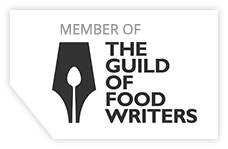















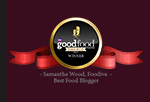
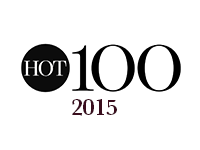









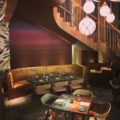




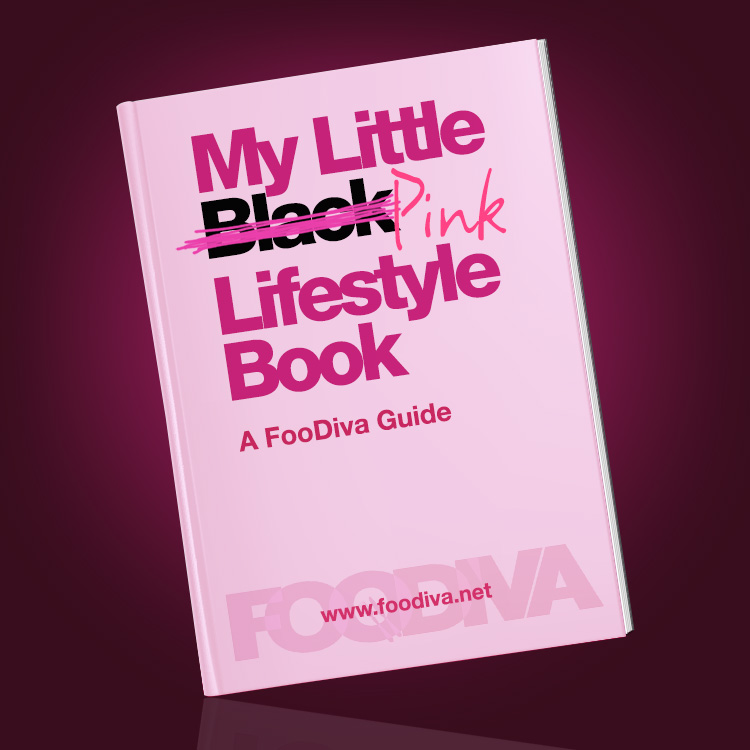
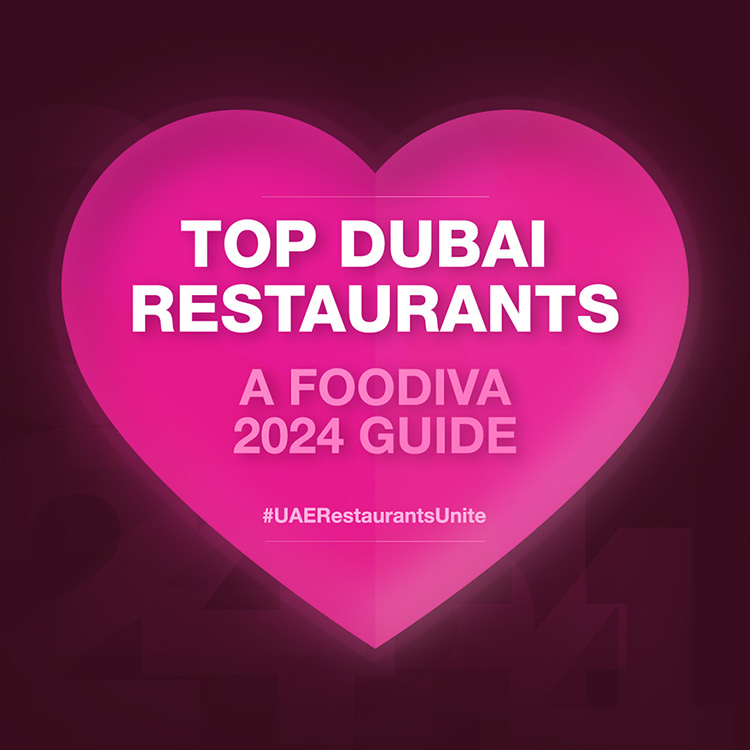

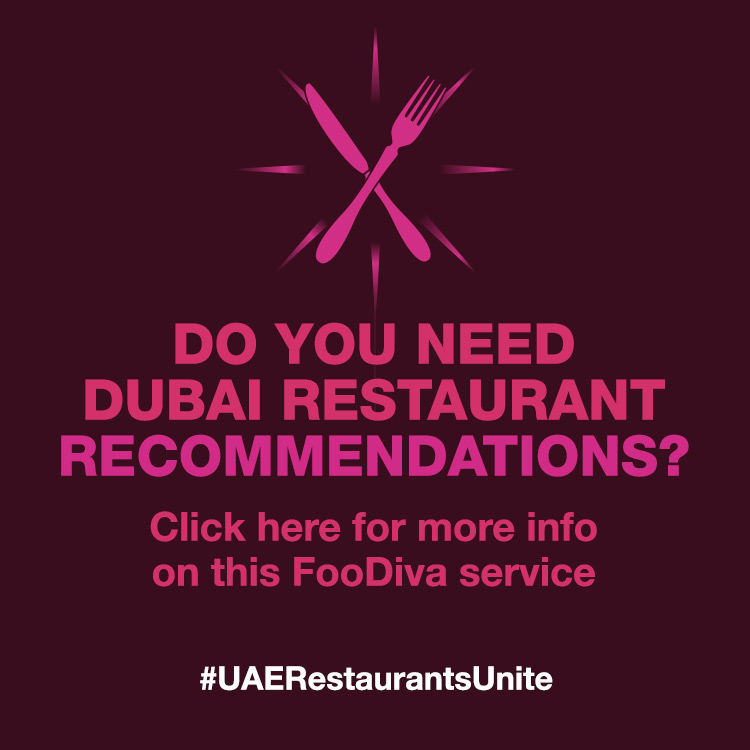



Loved watching what he does on Chef’s Table (and yes I am addicted too). What was the food like at the new Lima? You’ve barely hinted at it? Another review coming up?
It was a media preview dinner with a set menu before the restaurant had opened, so at this stage I can only say what I have shared above. I will be sending a guest reviewer in shortly to review anon (can’t do it myself as I will be recognised).